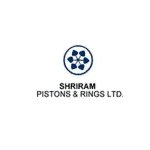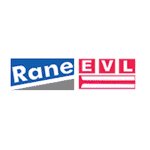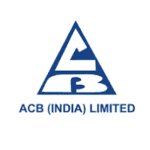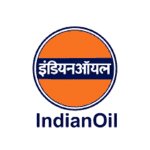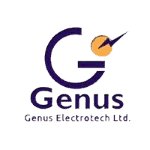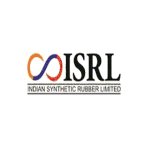Description
Plastic screens (also known as Perspex® screens) keep the environment clean, protect workers, and increase checkout security. The translucent screens serve as a barrier between consumers and employees, reducing the risk of illness from germs spread through the air by coughing and sneezing. Workstations, desks, trade counters, sales counters, shop checkouts, pubs, restaurants, salons, hairdressers, and production lines include plastic screens. Cough guards, sneeze guards, social distance barriers, and protective shields are used to describe these devices.
Application: Trays, hoppers, chutes, boxes, piping, and covers are some of the items used.
Availability:
Materials: PVC, polypropylene, polyethylene, PETG, polycarbonate and acrylic (Perspex®).
Size: Custom made to suit your requirements.
Note: We can also supply plastic welding rods and offer an on-site plastic welding service.
Custom Plastic Welding
Similar to metals, thermoplastic materials can also be welded using a variety of techniques. When thermoplastics are welded properly, the connected components fuse at a molecular level, resulting in a joint that boasts greater strength than the original material. In the India, Petron Thermoplast Plastic Systems stands out as the foremost plastic welding company. Our expertise covers a range of plastic welding methods, including hot gas welding, extrusion welding, CNC butt welding, hot plate welding, infrared pipe welding, and various others, depending on the specific product being worked on.
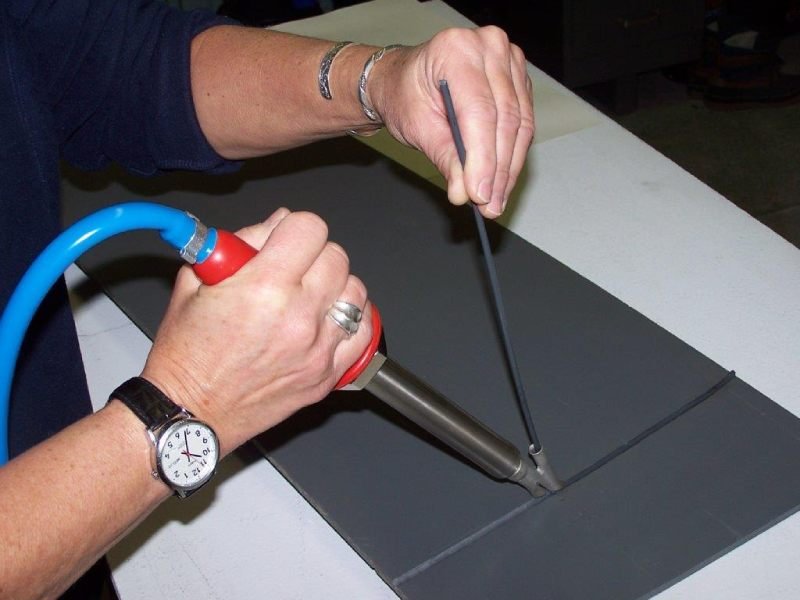

Chemical Processing

Metal Finishing

Fire Trucks

Hot Air Welding
Hot air welding employs heated air to preheat both the material and welding rod. Simultaneously, pressure is exerted onto the welding area as the rod is directed. It’s essential that the welding rod shares the same material as the components being united. Our focus lies in achieving top-notch welds, which necessitates precise regulation of air temperature and pressure through the welding torch.
Welding Large and Heavy Products
For more sizable products or when dealing with thicker gauge materials, we incorporate an extrusion weld following the initial hot air weld, often termed the “root weld.” In the extrusion welding process, the welding rod is introduced into the welder and heated until it reaches its melting point. Subsequently, a screw device propels the molten rod out. The recently extruded rod is then pressed into the joint with significant force as the fabricator maneuvers the welding equipment along the seam. The outcome is a robust weld resembling a broad fillet, delivering remarkable strength.

Industries We Serve
Industry Solution For Engineering Plastic Components
Industries
Industry Solution For Engineering Plastic Components

